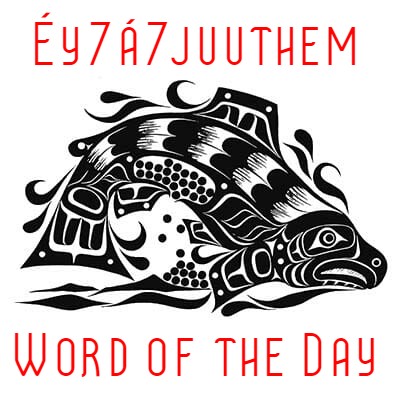
Video game and virtual reality developers will soon benefit from an increased tax credit for the interactive digital media industry in B.C.
“Video games are big business in our province, supporting thousands of jobs,” said Premier David Eby.
“We want to keep growing our tech sector to create even more opportunity for British Columbians. This tax credit will help game developers hire, attract new investment and keep building some of the best games in the world.”
The Province has made the tax credit permanent and is increasing it from 17.5% to 25% beginning Sept. 1st.
Businesses can claim the credit on salaries and wages paid during development of interactive digital media, which include video games, educational software and simulators.
The industry employs more than 20,000 people in B.C. and adds more than $1 billion to the province’s gross domestic product every year, according to CreativeBC.
Tech companies can also tap into the Province’s Integrated Marketplace Initiative, which helps tech companies test their products.
There’s also a newly enhanced venture-capital tax credit program, which has an increased individual limit of $300,000 to encourage investment in small businesses in B.C.
There are 161 video game companies and 230 immersive technology companies in B.C., according to the Entertainment Software Association of Canada.
Almost half of all video game companies in B.C. are small, made up of 10 people or fewer.
Other industries that can access income tax credits in B.C. include film and TV, mining exploration, shipbuilding and book publishing.
To learn more, visit Government of British Columbia.
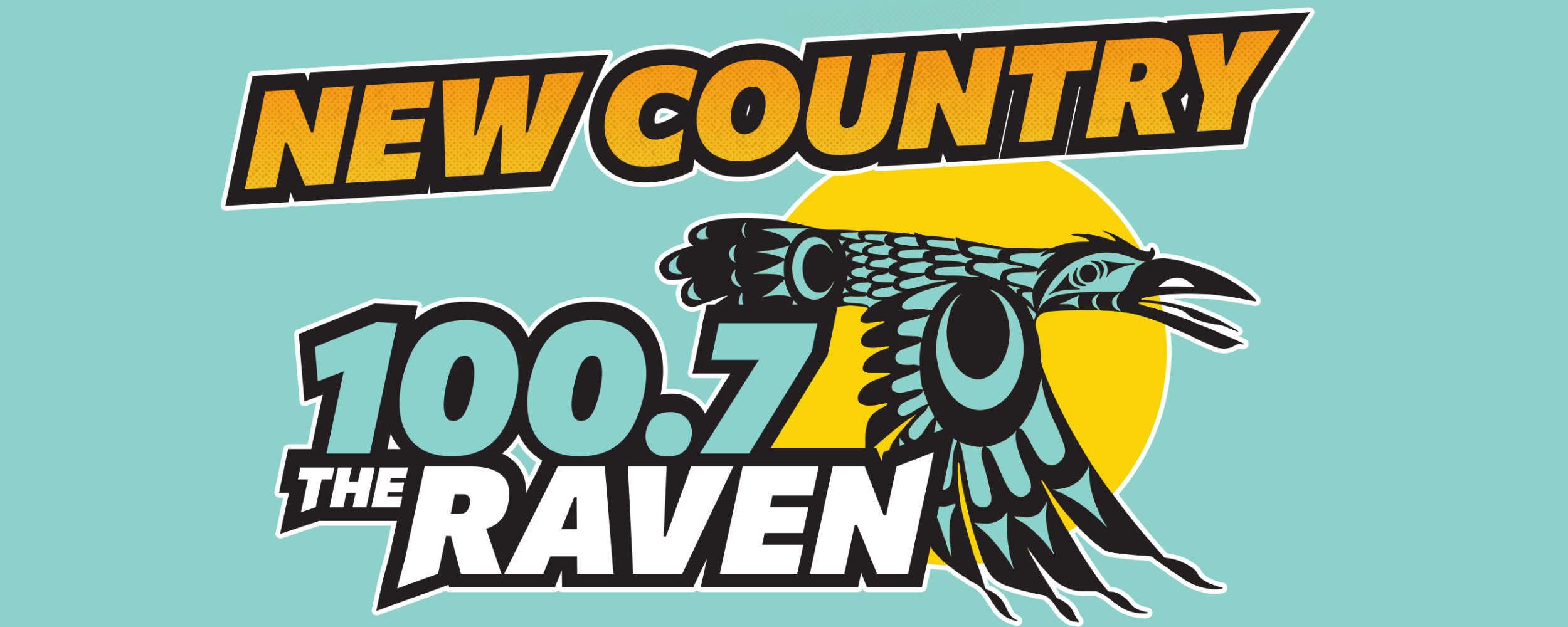
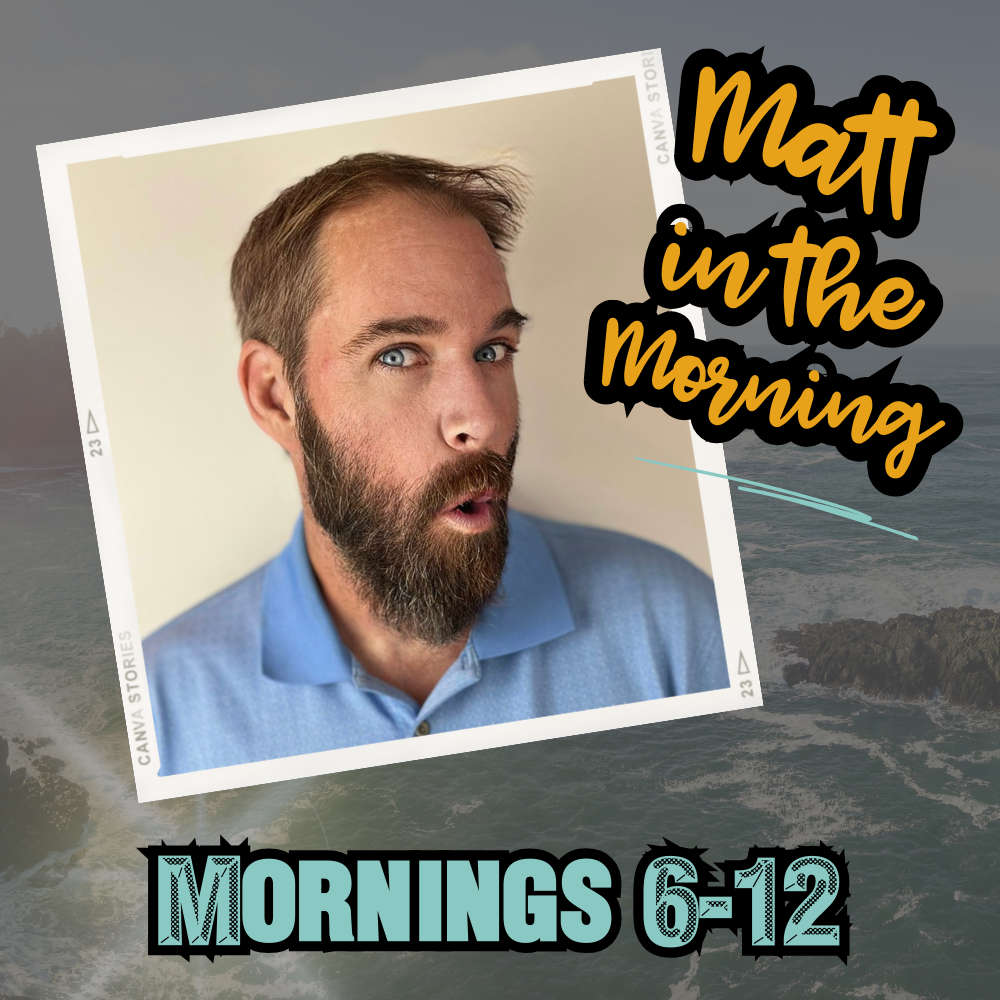
 Campbell River Winter/Spring Recreation Registration Begins Today
Campbell River Winter/Spring Recreation Registration Begins Today
 Residents Urged To Stay Alert As Heavy Rain Continues On Vancouver Island
Residents Urged To Stay Alert As Heavy Rain Continues On Vancouver Island
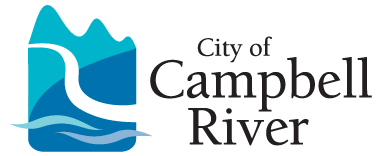 Campbell River Council Moves Forward On Nuisance Property Bylaw
Campbell River Council Moves Forward On Nuisance Property Bylaw
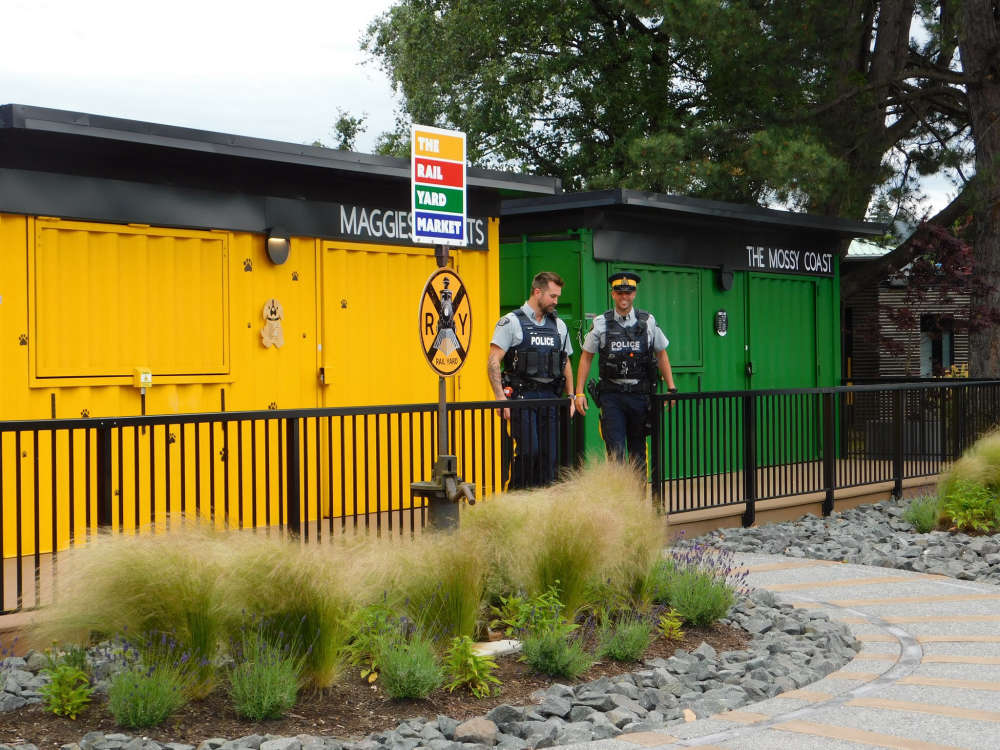 Lower Property Crime, Fewer Police Calls Reported In Crime Statistics Update
Lower Property Crime, Fewer Police Calls Reported In Crime Statistics Update
